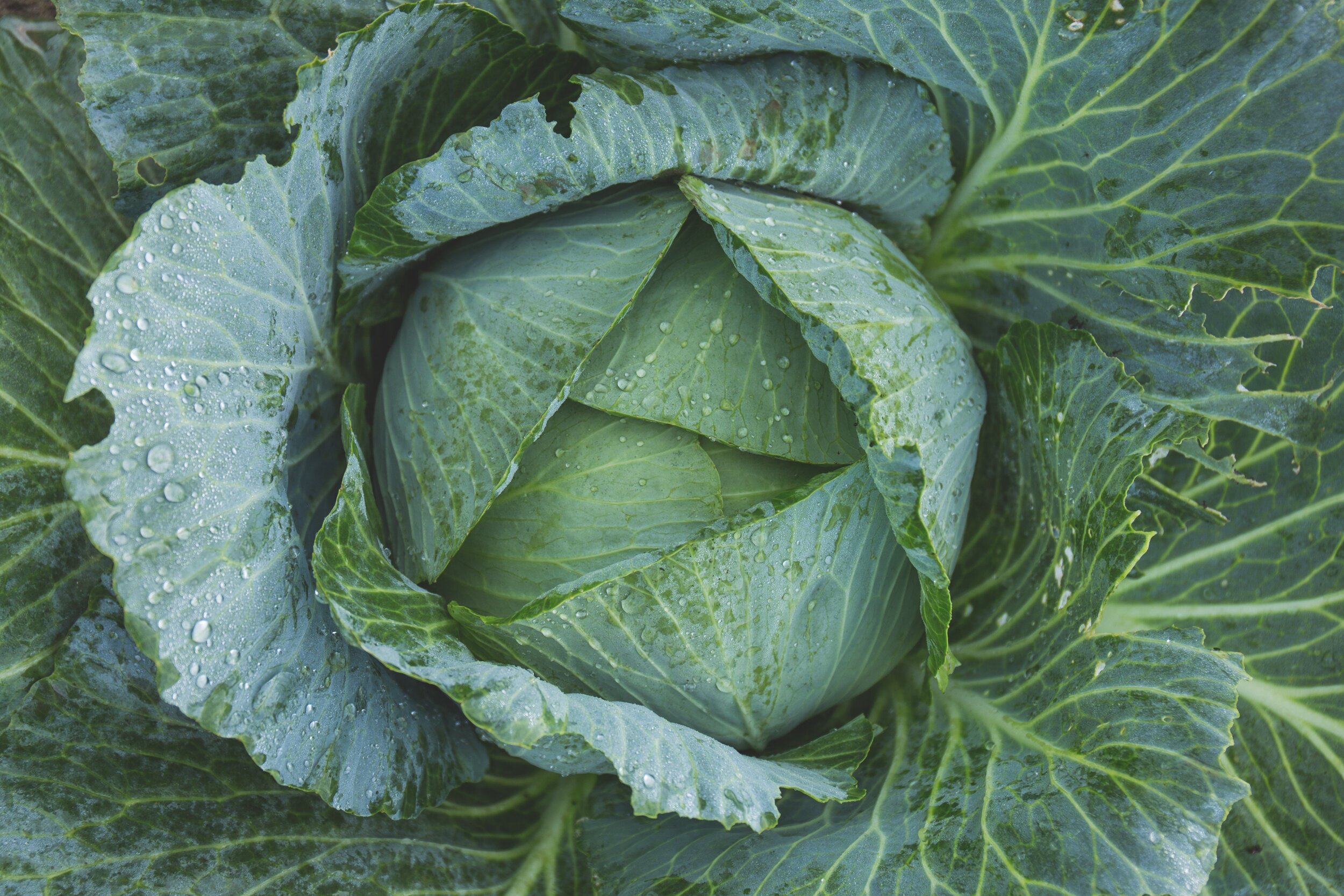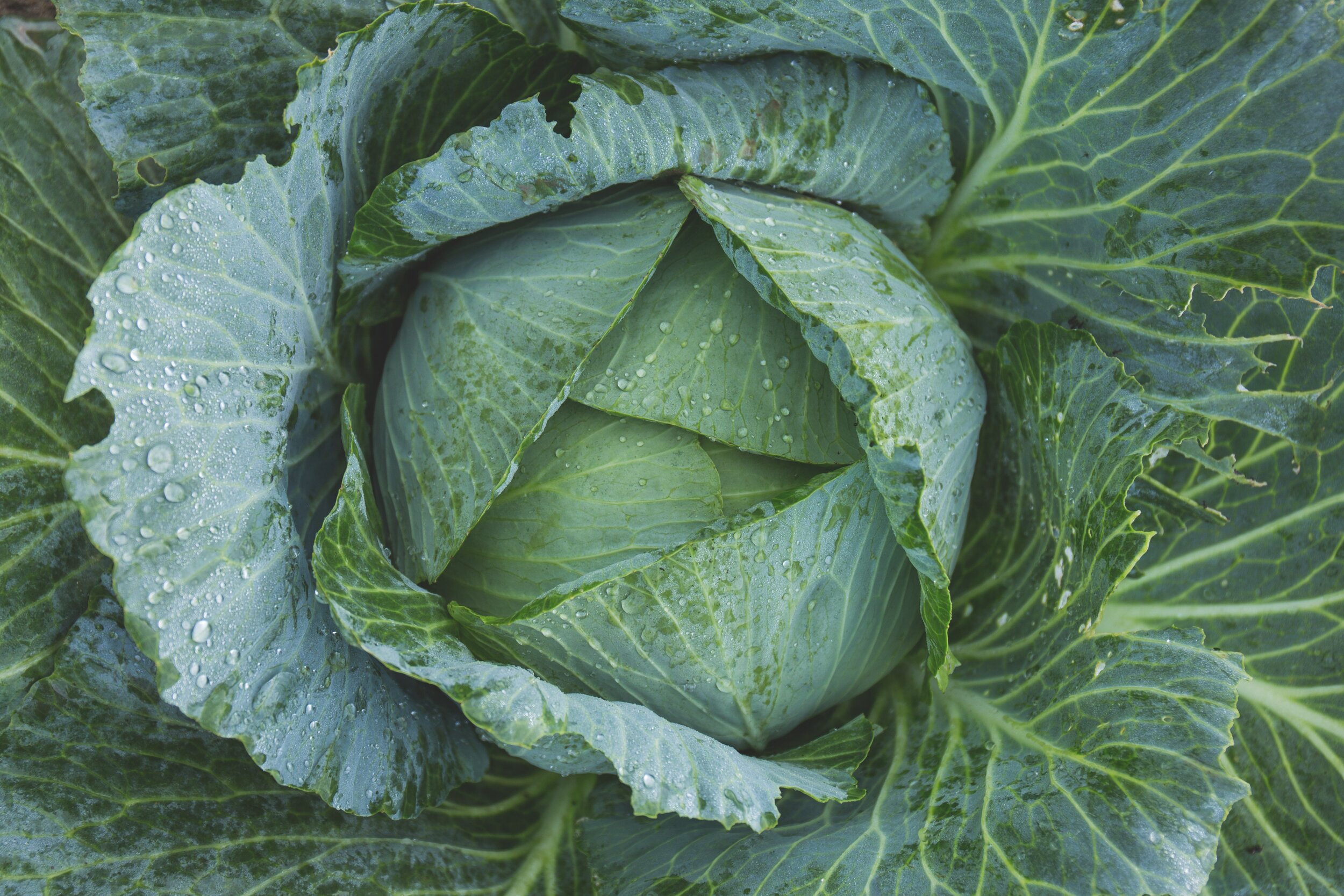
As a breastfeeding mom, a lot of factors will affect your health and one thing to take note of is during the first 6 months of breastfeeding. If you feel some discomfort and pain in your breast you might be experiencing Mastitis which is common during the 6-month period of breastfeeding.
Mastitis is a breast inflammation caused when bacteria enters through the nipple due to the mother’s cracked or sore nipple. This can also happen when you delay or skip breastfeeding or pumping sessions. When your breasts become too engorged or too much breastmilk supply and don’t get emptied completely, it can lead to mastitis.
Don’t worry too much as there are home remedies you can do in order to treat it. One way is to continue breastfeeding your baby. It easily resolves the feeling and continued nursing will not harm or affect your little one.
Be alert and spot the symptoms of mastitis so you can treat it right away and prevent it from becoming a bacterial infection. Medical tests aren’t usually required to determine if you have mastitis. If you want to be sure, check with your doctor to confirm.
What are the symptoms of mastitis?
-
Painful area in one side of the breast
-
Redness and/or warm to the touch
-
Body aches, chills, exhaustion, and other flu-like symptoms
-
Hard, painful lump in the breast
-
Decreased milk production in the affected breast
Home remedies to treat mastitis
1. Frequent breastfeeding
Offer the uncomfortable breast first where mastitis is happening to dislodge any clogs in your ducts to help with the mastitis. And when one side is clear, make sure to offer the other breast so it doesn’t get engorged. Your milk is safe to consume for your baby when you’re experiencing mastitis. So, offer your breast as often as possible or every 2 hours to encourage your baby to nurse.
2. Rest
Get as much rest as you can. Try to stay in bed and slow down from any taxing activities. Get some downtime and let your close family help you. Take some time off work to look after yourself. Your health is essential for your baby’s health too.
3. Try different feeding positions
Changing feeding positions may help dislodge plugged ducts when the angle of suction changes as you’re nursing your baby. Try the football hold or side-lying positions. It is encouraged that you try as many feeding positions as you can to help ease mastitis.
4. Hot or cold compress
Depending on your preference, a cold compress on your breast in between breastfeeding will help with the inflammation or a hot compress right before feeding.
5. Raw garlic
Take raw garlic and chop it into smaller pieces and swallow it as it is. Garlic acts as a broad-spectrum antibiotic. Take at least 2-3 raw garlic cloves per day. If the pungent odor makes it less appealing to you, washing it down with orange juice helps with the taste.
6. Probiotic supplements
Probiotic supplements may help treat infectious mastitis with lower recurrence of mastitis compared to antibiotic treatment.
7. Drink more water
Water will always be a helpful answer. Hydration is key to keep milk supply flowing. More milk supply means more chances to breastfeed.
8. Massage your breast
While nursing, massage the breast in the direction of your nipple. Healthline suggests that you apply firm pressure using your thumb above the affected area and massage your way towards the nipple. Massaging it often during and in between feedings will help release clogged milk ducts.
If your mastitis gets worse even after using home treatments for 24-48 hours consult your doctor. You may need antibiotics as prescribed, take them as directed, and complete the number of days they require you to take it. Make sure to get it treated immediately because the infection may progress into an abscess.
Here are warning signs you should take note of according to Healthline:
-
Fever of 101°F (38.3°C) or higher
-
Pus or blood in your breast milk
-
Red streaks on your breast (from your areola to your underarm)
-
Red, hot, or swollen breasts
-
Cracked nipples showing signs of infection
-
Worsening flu-like symptoms and chills
References:
https://www.healthline.com/health/breastfeeding/home-remedies-for-mastitis#mastitis-and-its-causes
https://kellymom.com/bf/can-i-breastfeed/herbs/natural-treatments/

